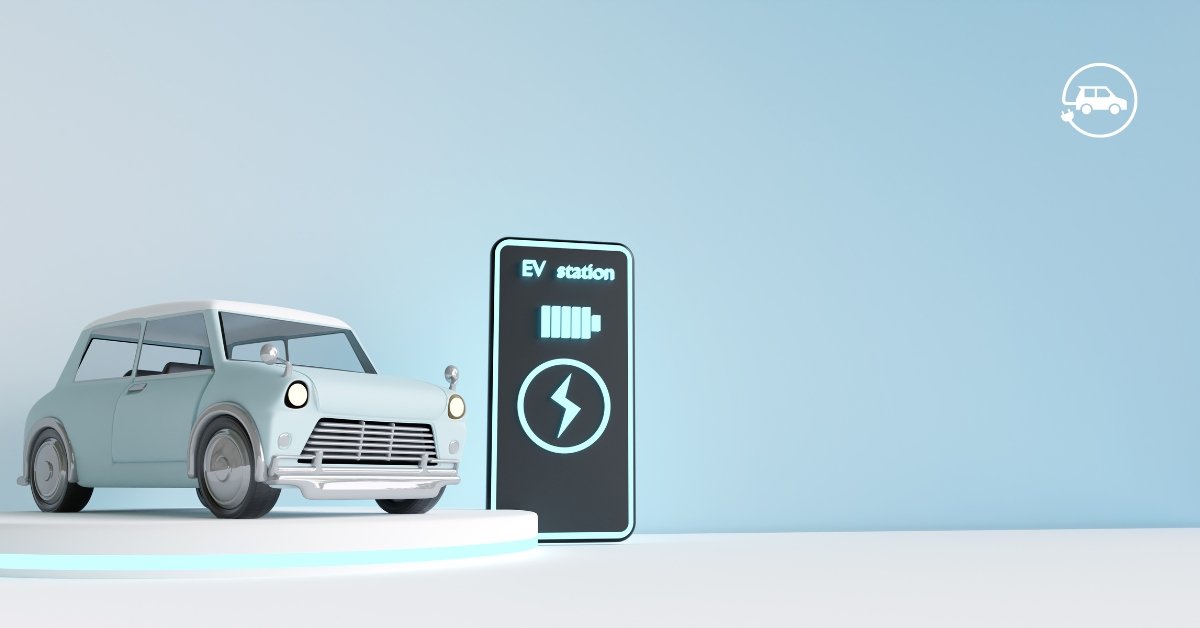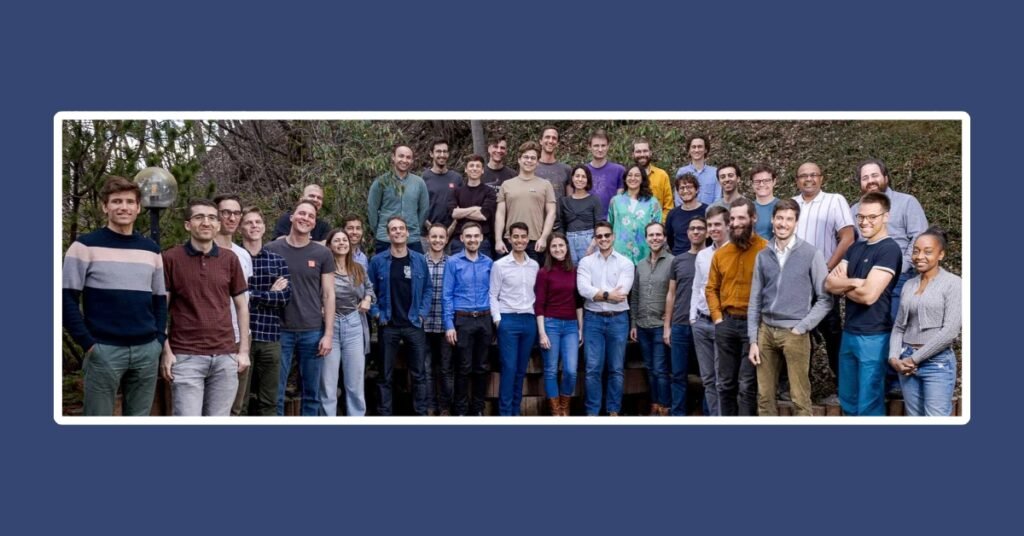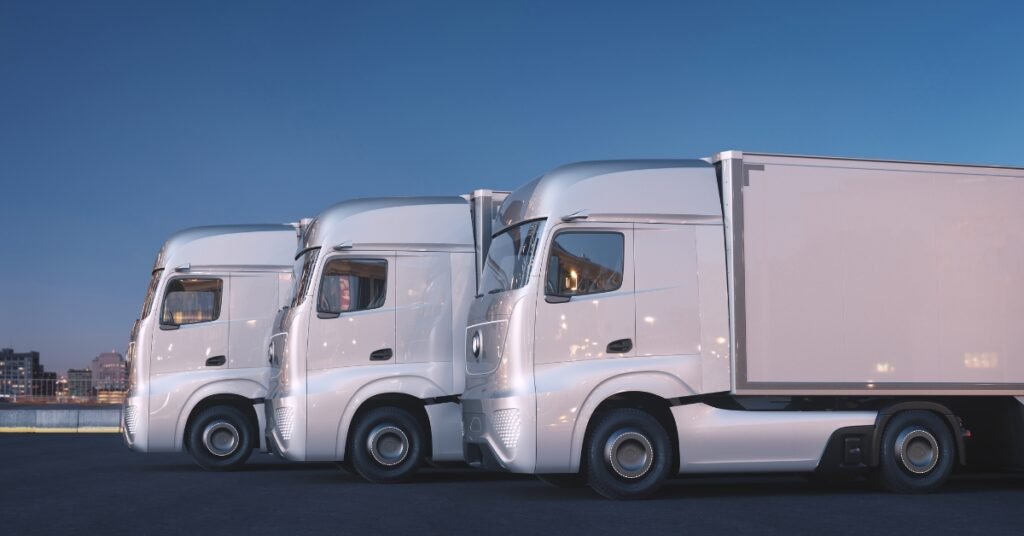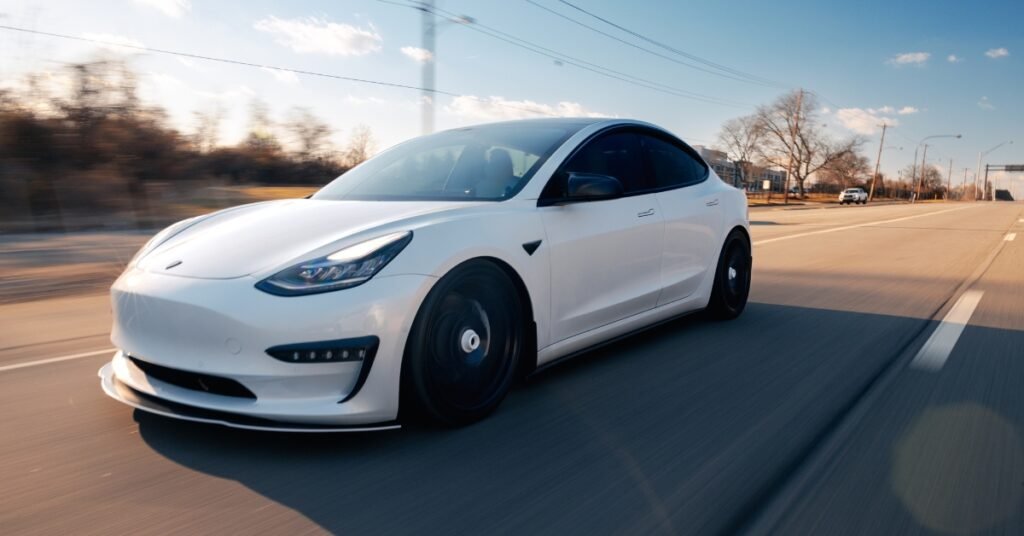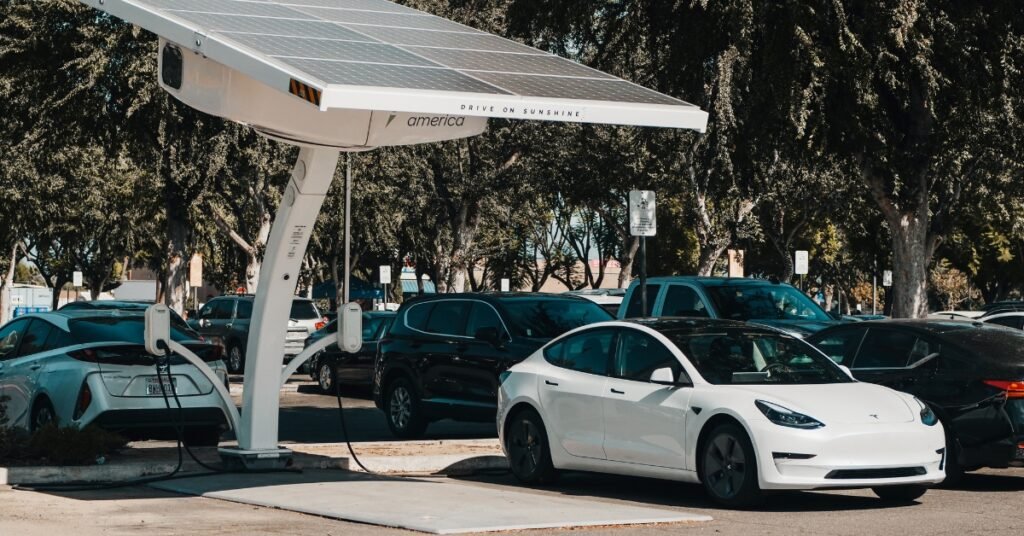European governments vie for Chinese electric vehicle investments, balancing economic benefits and competitive pressures.
Table of Contents
European governments are increasingly wary of budget Chinese electric vehicles (EVs) flooding their markets.
However, they are also fiercely competing for a share of the manufacturing investment and jobs that these new competitors bring.
As the European Union investigates China’s auto subsidies and considers tariffs on imports, national governments across the bloc are dangling their own incentives to attract Chinese automakers looking to build European factories.
Chinese Automakers Eyeing Europe
Chinese EV makers like BYD (002594.SZ), Chery Automobile (CHERY.UL), and state-owned SAIC Motor are keen to establish a presence in Europe despite lower manufacturing costs at home.
According to Gianluca Di Loreto, a Bain & Company partner and consultancy firm, these automakers understand that their cars must be perceived as European to appeal to European customers. “This means producing in Europe,” he said.
| Chinese Automaker | Plans for Europe |
|---|---|
| BYD | First European factory in Hungary, considering a second plant by 2025 |
| Chery Automobile | Production to start in Spain’s former Nissan facility in Barcelona |
| SAIC Motor | Plans for two European plants, one using a kit-assembly technique |
| Leapmotor | Utilizing capacity of Franco-Italian partner Stellantis in Poland |
The EU’s Tariff Decision
The European Union’s decision on tariffs is expected this week.
On one hand, import taxes could help European automakers better compete with their Chinese counterparts.
On the other hand, tariffs might spur Chinese automakers to invest even more heavily in Europe.
Sales of Chinese-brand cars made up 4% of the European market last year and are forecast to hit 7% by 2028, according to consulting firm AlixPartners.
Hungary: A Strategic Entry Point
Hungary has become a key player in attracting Chinese EV investments. In 2023, Hungary produced around 500,000 vehicles and secured BYD’s first European factory investment.
The country is also negotiating with Great Wall Motor (601633.SS) for its first European plant, offering incentives such as cash for job creation, tax breaks, and relaxed regulations.
Hungary has invested more than $1 billion in supporting new battery plants, including those of South Korean groups SK On and Samsung SDI (006400.KS) and Chinese battery giant CATL (300750.SZ). BYD, Great Wall, and Hungary representatives did not respond to requests for comment.
Poland and Spain: Competing for Chinese EV Giants
Poland is leveraging its industrial capacity and investment programs to attract Chinese EV manufacturers. Leapmotor (9863.HK) will use the capacity of its partner, Stellantis, with the Tychy plant in Poland as a manufacturing base.
Poland’s development and technology ministry highlighted programs supporting over $10 billion of investments, including initiatives favoring the transition to a net-zero economy.
Spain, Europe’s second-largest car-making country after Germany, has secured investment from Chery Automobile.
Chery will start production in the fourth quarter at a former Nissan facility in Barcelona, benefiting from Spain’s 3.7 billion-euro program launched in 2020 to attract electric vehicle and battery plants.
China’s Envision Group has also received 300 million euros in incentives for a 2.5 billion-euro battery plant, creating 3,000 jobs.
| Country | Incentives and Investments |
|---|---|
| Hungary | Over $1 billion in support for new battery plants, job creation incentives, tax breaks |
| Poland | Programs supporting $10 billion in investments, net-zero economy initiatives, tax relief |
| Spain | 3.7 billion-euro program for EV and battery plants, incentives for Envision Group’s battery plant |
Italy: The Emerging Contender
Italy is keen to attract Chinese automakers to rival its existing car manufacturers.
Chery is considering a second, larger facility in Europe and has held talks with the Italian government.
Italy’s national automotive fund, worth 6 billion euros between 2025 and 2030, offers incentives for both car buyers and manufacturers.
China’s Dongfeng (0489.HK) is among several other automakers discussing investments with Rome.
SAIC Motor’s Ambitious Plans
SAIC Motor, the owner of the MG brand, aims to build two plants in Europe.
The first could be announced as early as July, and a kit-assembly technique could be employed, targeting the annual production of up to 50,000 vehicles.
The second plant would be built from scratch and could produce up to 200,000 vehicles annually.
Germany, Italy, Spain, and Hungary are on SAIC’s location shortlist.
Challenges and Opportunities
Chinese automakers face higher labor, energy, and regulatory compliance costs in Europe.
However, exporting made-in-China cars incurs significant shipping and logistics costs, threatening already narrow margins.
Di Loreto from Bain & Company noted that a 15,000-euro car produced in China requires shipping and logistics costs of between 500 and 3,000 euros.
Labor costs in Northern Europe may need to be lowered for competitive production.
At the same time, Italy and Spain offer a balance of lower labor costs and high manufacturing standards, which is particularly important for premium vehicles.
Eastern Europe and Turkey are attractive locations for lower-cost vehicles.
Turkey’s customs union with the EU and free trade deals with non-EU countries guarantee tariff-free vehicle and component exports.
Conclusion
As European nations compete for Chinese EV manufacturing investments, the landscape of the automotive industry in Europe is set to transform.
With strategic incentives and investments, countries like Hungary, Poland, Spain, and Italy are positioning themselves as key players in the evolving market, balancing economic benefits with the challenges of increased competition.
Interesting Fact
Sales of Chinese-brand cars in Europe are expected to nearly double from 4% in 2023 to 7% by 2028, reflecting the growing influence of Chinese automakers in the region.
